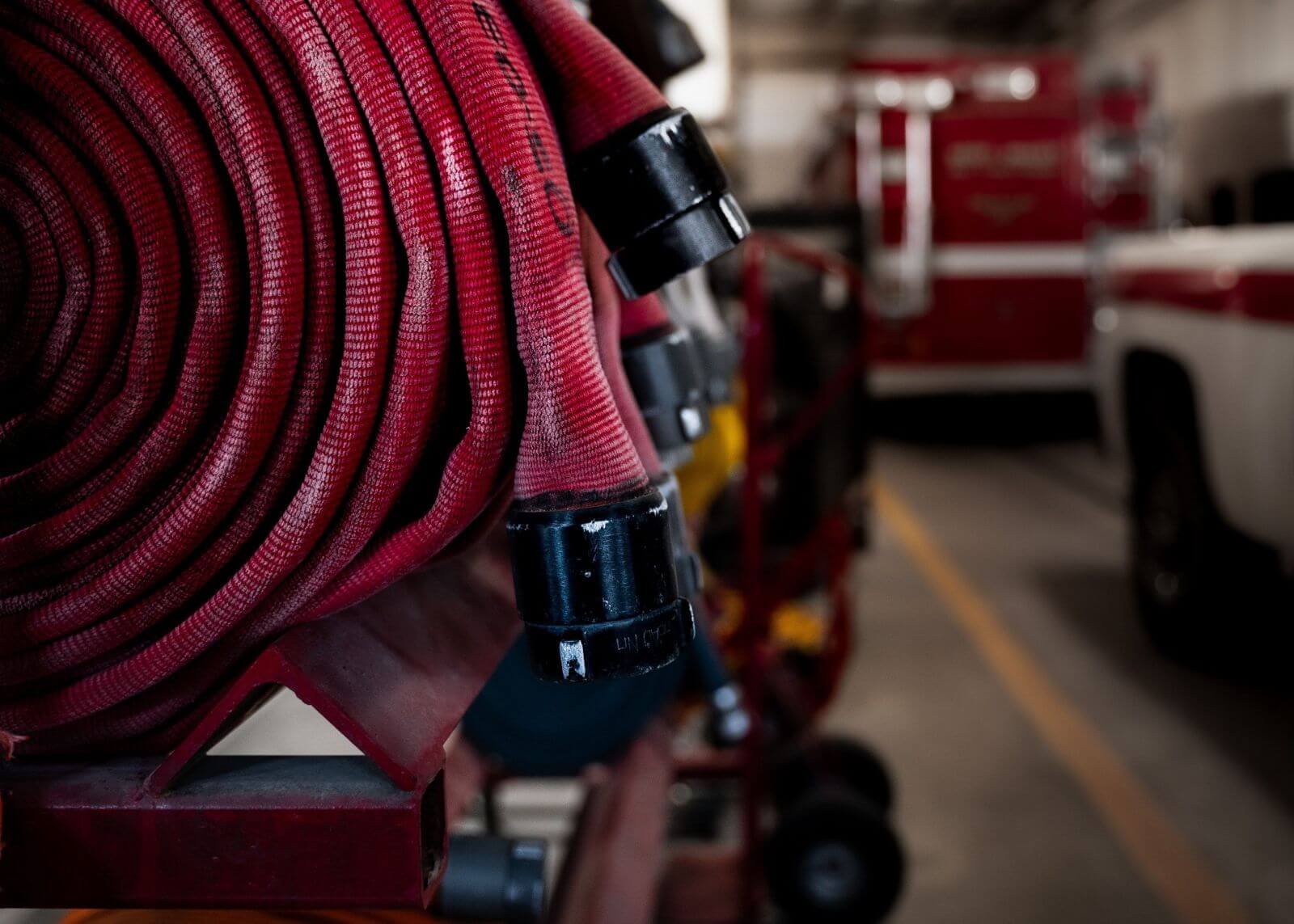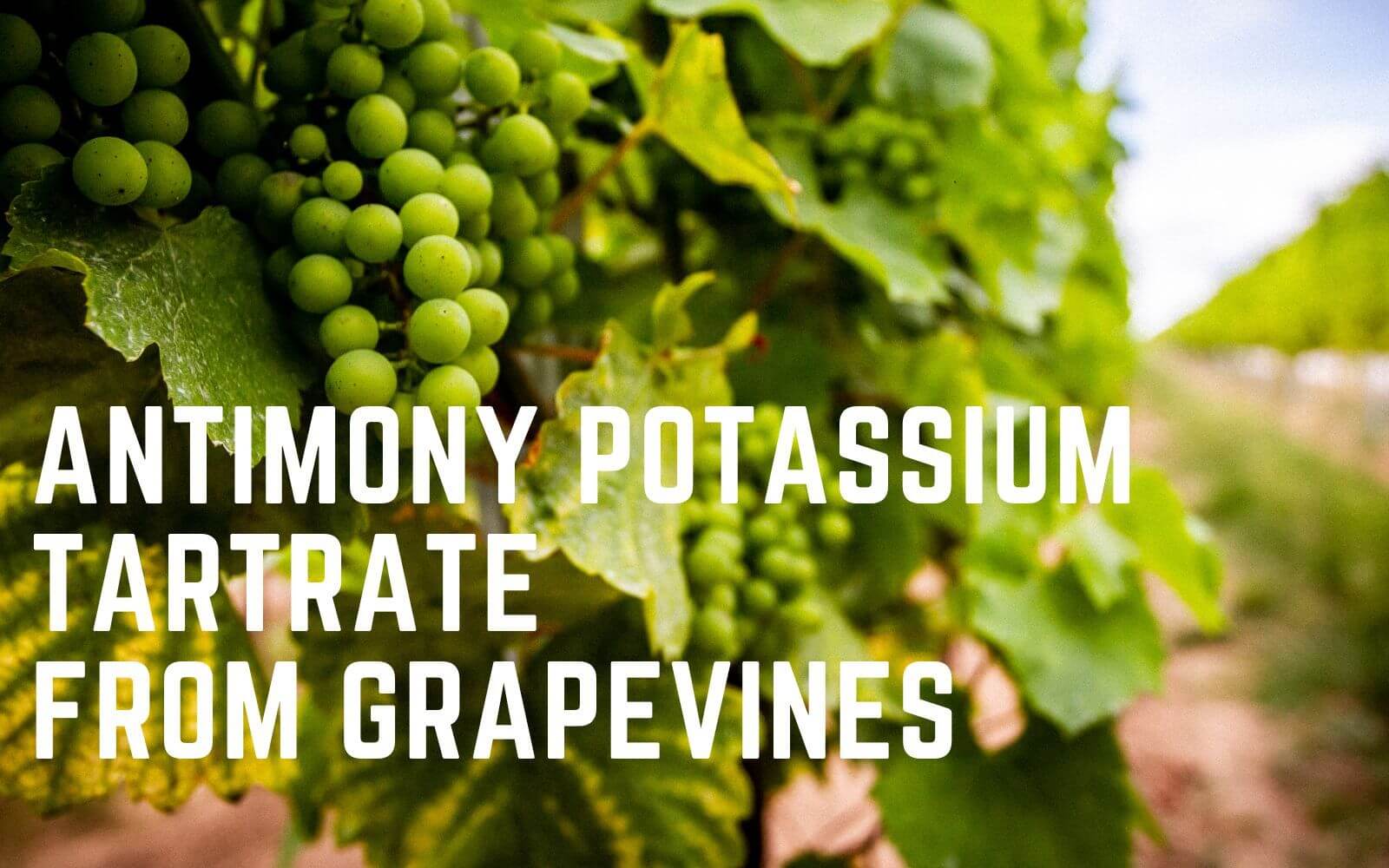
Flame retardants – hidden lifesavers
Flame retardants, also known as “fire retardants”, are substances that are intended to limit, slow down or prevent the spread of fires. They are used wherever there are potential sources of ignition: from electronic devices to living room carpets.
A large number of different organic and inorganic chemicals are hidden behind flame retardants. Which chemical is used is decided by the respective product or its material composition and the intended use.
By the way: According to statistics, 1.5 million tons of flame retardants are used worldwide every year!
You can find these in numerous objects of everyday life, for example in electrical and electronic equipment
- printed circuit boards
- cables
- Carpet backing coatings
- special textiles
- Insulation materials and assembly foams
This is how the invisible lifesavers work
A distinction is made here between chemical and physical processes.
Chemical effect:
- Gas phase: The pyrolysis of the flame retardant produces gases that stop the so-called radial chain reaction
- Solid phase: Charred material forms a kind of protective film, which quickly blocks the path of heat and oxygen
Physical effect:
- Cooling: The evaporation of bound water ensures that the material is cooled
- Dilution: Inert substances dilute flammable gases
- Liquefaction: Hot material melts and flows out of the fire zone. The melt is difficult to ignite due to the reduced surface area
Depending on requirements, flame retardants work through several chemical and / or physical processes.
In principle there are four different types of fire protection agents:
- Additive: The fire retardants are incorporated into the flammable substances as additives
- Reactive: The substances are themselves part of the material
- Inherent: The material itself is flame retardant
- Coating: The product is coated with a fire retardant
They can also be divided into organic and inorganic flame retardants according to their properties. Organic flame retardants consist primarily of brominated compounds, halogen-containing or halogen-free organophosphorus compounds or chlorinated paraffins. Aluminum hydroxide, magnesium dihydroxide or antimony trioxide are mostly used as inorganic fire retardants.
You can obtain the following substances from us:
- Bismuth subcarbonate
- aluminum hydroxide
- antimony trioxide
- magnesium hydroxide
- zinc compounds, such as Zinc borates, zinc acetate dihydrate
- ammonium sulfate
- and much more
Do you have any questions on the subject or do you need a special substance? Then let’s talk about your needs.





 4c media
4c media